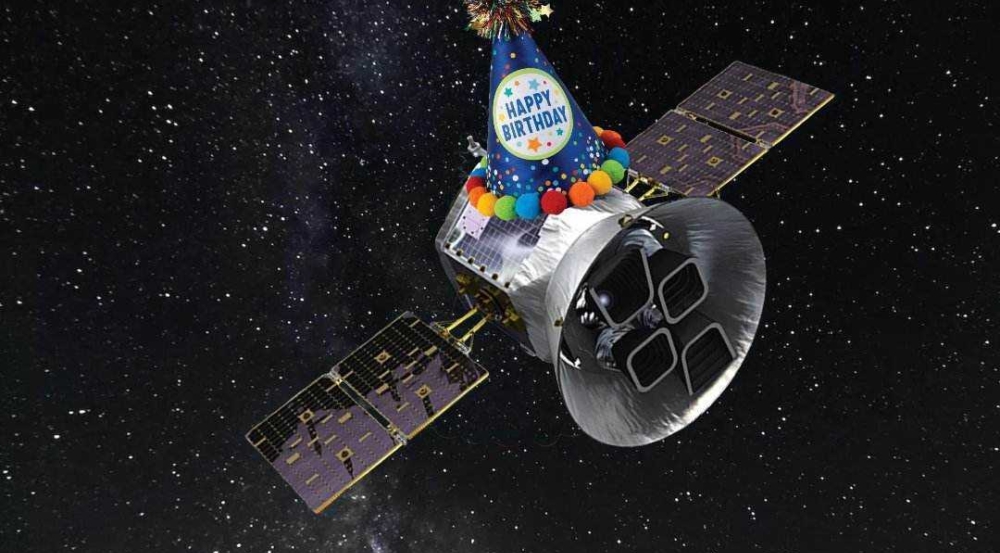TESS celebrates its fifth “launchiversary”

In the five years since TESS lifted off from the launch pad aboard a SpaceX Falcon 9 rocket, the spacecraft has been busily searching nearly the entire sky for exoplanets orbiting nearby, bright stars. Since then, the TESS Science Office (or TSO) has been a hub for TESS data and discovery. The TSO is based at the MIT-Kavli Institute for Astrophysics and Space Research and the Center for Astrophysics | Harvard & Smithsonian. This is where the images and data from TESS first arrive from the NASA Deep Space Network, and where the mission compiles its catalog of exoplanet candidates, the TESS Objects of Interest (TOIs).
Since TESS began its science operations in the summer of 2018, the QLP has found planet candidates for over 18 million stars and the TSO has released 6,400 planet candidates to the public in the TOI Catalog.
The TSO hosts a multi-disciplinary team of professional astronomers, instrumentation experts, engineers, and software developers. The team searches for signatures of exoplanets using the Science Processing Operations Center (SPOC) pipeline at NASA Ames and the Quick Look Pipeline (QLP) within the TSO. While the SPOC pipeline has been the pipeline of record for finding planet transits in the 2-minute “postage stamp” images from TESS (and more recently, the TESS full-frame images), QLP has been the primary tool the mission has used to search for exoplanets in the full-frame images (FFIs), which TESS took every thirty minutes during the prime mission, then every ten minutes in the first extended mission, and now every 200 seconds, or just over every three minutes.
The TSO brings together the expertise of a large, global team of professional astronomers, students, and amateur astronomers to review and approve new planet candidates. Since TESS began its science operations in the summer of 2018, the QLP has found planet candidates for over 18 million stars and the TSO has released 6,400 planet candidates to the public in the TOI Catalog. With TESS now in its second extended mission, the TESS Science Office is looking toward the myriad astrophysical discoveries the TESS data will reveal, and is celebrating the interdisciplinary and collaborative community of astronomers this space telescope has brought together.
TESS is a NASA Astrophysics Explorer mission led and operated by MIT in Cambridge, Massachusetts, and managed by NASA’s Goddard Space Flight Center. Additional partners include Northrop Grumman, based in Falls Church, Virginia; NASA’s Ames Research Center in California’s Silicon Valley; the Harvard-Smithsonian Center for Astrophysics in Cambridge, Massachusetts; MIT’s Lincoln Laboratory; and the Space Telescope Science Institute in Baltimore. More than a dozen universities, research institutes, and observatories worldwide are participants in the mission.
Learn more about the TESS mission’s five years of science operations at NASA.
Related Links